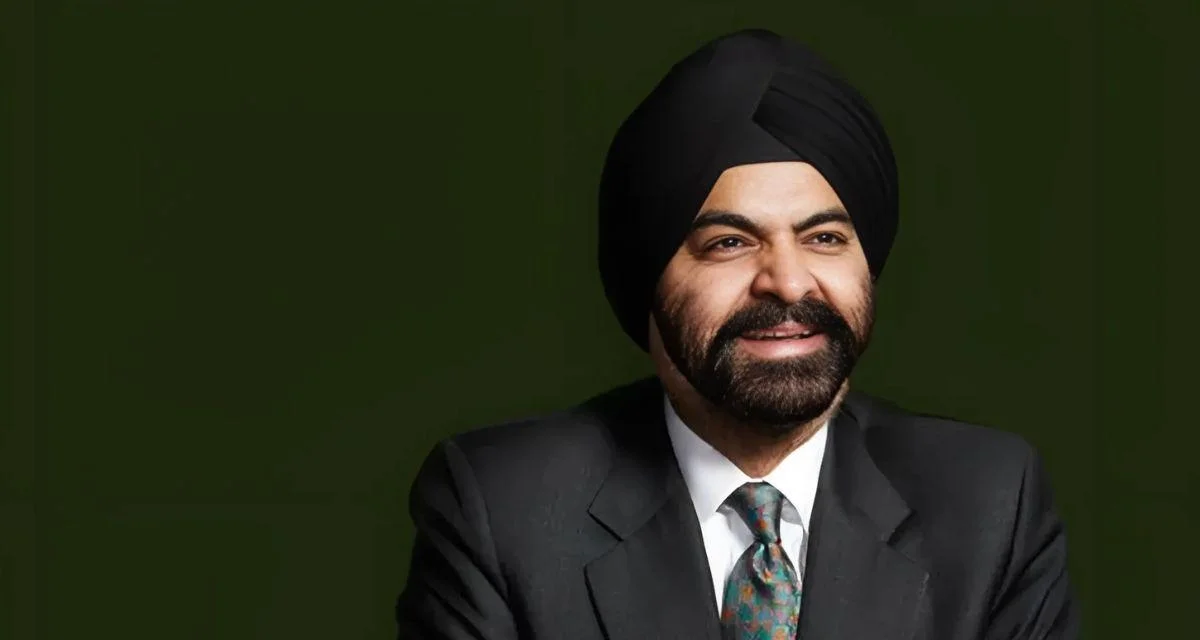Extreme urban heat is becoming a major challenge for cities in the Global South, where rapid urbanization and limited resources make it harder to adapt. Higher temperatures disrupt work, schooling, and health services. The demand for cooling increases energy use, which puts pressure on energy systems and raises emissions. Urban heat islands can raise city temperatures by as much as 10°C, creating risks for lives, productivity, and economic stability.
The effects of not taking action are significant. Heatwaves are expected to become more common and severe, with deadly consequences for vulnerable groups such as outdoor workers, older people, and low-income families. By 2050, the number of urban poor exposed to extreme heat could increase by 700 percent, with West Africa and Southeast Asia facing the greatest impacts. Without proactive steps, cities could see increased inequality, greater economic losses, and more migration pressures. Providing equitable access to sustainable cooling is seen as essential for protecting both communities and economies.
To address these challenges, the World Bank has released the Handbook on Urban Heat Management in the Global South. Developed with input from UN-Habitat and UNEP, this handbook provides practical advice for assessing heat risk and planning resilience strategies. It includes solutions such as green infrastructure, passive cooling methods, and sustainable cooling systems.
The handbook is organized into three volumes: a summary for policymakers, a technical manual, and a catalog of solutions. Its goal is to help cities move from short-term reactions to long-term strategies that protect health, jobs, and quality of life as global temperatures rise.
"Expanding equitable access to sustainable cooling is essential to protect communities and economies," according to the report's authors.

